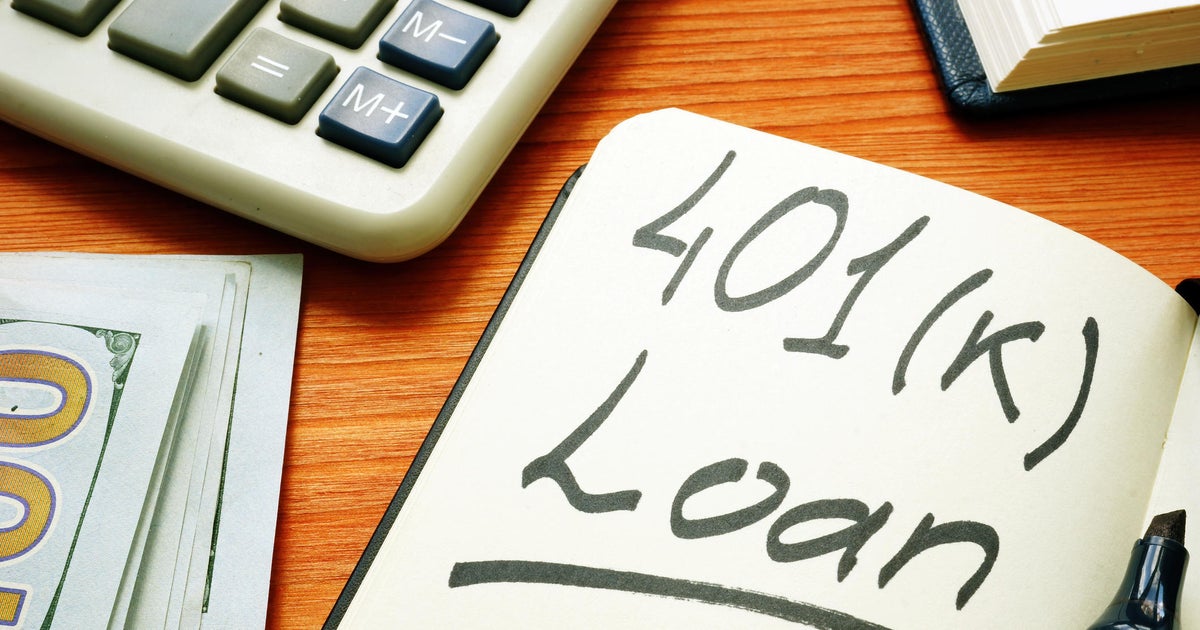How much can you make by depositing $20,000 into a high-yield savings account?
Everyone needs savings; there's no way around it. The money in your savings account is what you fall back on during rainy days or when unexpected expenses pop up. The good news is that you can generate a meaningful return on your savings with a high-yield savings account.
So, what is a high-yield savings account? It's an account that works like a traditional savings account in that it's FDIC-insured, giving you a safe place to park your cash. It's also easy to access, so your savings are available when you need them.
The difference is in the APYs. High-yield savings accounts generally pay a significantly higher return than their traditional counterparts. While traditional savings accounts currently offer an average rate of 0.58%, it's easy to find high-yield accounts with interest rates ranging from 4.25% to 5.20%. But how much more can you earn on a high-yield savings account if you deposit $20,000 into it?
Take advantage of today's high-yield savings rates now.
How much money can you make by depositing $20,000 into a high-yield savings account?
As with any other savings account, earnings on high-yield savings accounts are dependent on the amount of money you deposit. You earn more when you deposit more. But what would it look like if you had $20,000 to deposit into your account after one year? Here's what the numbers would look like after one year when calculating in daily compounding interest:
- A traditional account at 0.58% APY: $20,116
- A high-yield savings account at 4.25% APY: $20,868
- A high-yield savings account at 5.20% APY: $21,067
You don't have to deposit $20,000 into a high-yield savings account to reap the benefits, though. You can deposit any amount — provided that it meets the minimum requirements for the account. Here's what the returns look like after one year with $5,000 in the account and daily compounding interest:
- A traditional account at 0.58% APY: $5,029
- A high-yield savings account at 4.25% APY: $5,217
- A high-yield savings account at 5.20% APY: $5,267
Open your high-yield savings account to take advantage of high rates and daily compounding returns.
How much money should you have in savings?
There's no magic number for the perfect amount of money for everyone to have in savings. Your unique lifestyle and goals play a role in the amount of money you should have in savings to maintain financial stability.
"How much money the average person should have in savings relies on their standard of living and spending habits," Michael Arvay, founder and CEO of Marvelous Retirement Planners in Toledo, Ohio, says.
"If someone has expenditures of $5,000 a month, then they should have at least $30,000 in savings will provide them with six months of 'buying time' in the event of an injury, sickness or even job loss," Arvay says. "Ensuring your savings will cover at least six months' worth of expenses is key."
Other considerations
Although interest is an important factor to consider when you open a savings account, there are other factors you should consider as you compare your options, including:
- Fees: Some financial institutions charge monthly maintenance fees when you use their savings accounts. These fees can cut into your overall earnings potential.
- Minimum balance requirements: Some savings accounts come with minimum balance requirements. Be sure you can meet these requirements before you open an account.
- Minimum deposit requirements: Financial institutions may also require you to open your account with a specific minimum deposit. Make sure you have the minimum deposit requirement available before you try to open the account.
The bottom line
A deposit of $20,000 can produce significant returns in a high-yield savings account when compared to traditional accounts, but you don't have to have $20,000 to take advantage of the high yields. No matter how much money you have to save, you can get higher returns on your money with high-yield savings options.




